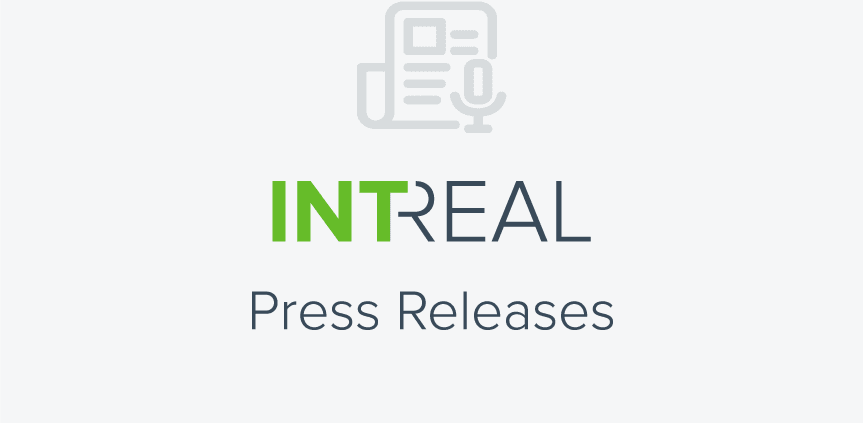ESG: More than two out of three Open-Ended Public Property Funds now categorised as Article-8 Funds
20. Jan 2022
More than two thirds—roughly 68.8 percent—of all open-ended public property funds are now categorised as Article-8 funds in accordance with the Sustainable Finance Disclosure Regulation (Regulation (EU) 2019/2088). In terms of net fund assets, this translates into 76.9 billion euros out of a sum total of 111.8 billion euros in assets across all funds. A closer look at the number of vehicles reveals that 15 out of altogether 26 investment funds belong in this sustainability category. Article-6 funds still account for roughly one third of the examined net fund assets (34.9 billion euros) at this time, meaning eleven out of 26 funds.
What characterises Article-6 funds is that they have defined no further sustainability objectives in addition to their existing fund strategies. By contrast, Article-8 funds—also called ESG strategy funds or “light green” funds—systematically integrate ESG criteria into their investment decisions. A fund of this type will draft an investment strategy that must detail the ways in which it intends to achieve the environmental and social characteristics it advertises. Impact funds or Article-9 funds represent the highest sustainability category. But none of the currently existing public funds qualify for this category yet. In contradistinction to Article-8 funds, impact funds focus primarily on sustainability objectives.
Hannah Dellemann, the ESG Officer at INTREAL, commented: “The majority of public fund providers have upgraded their investment strategies to include sustainability aspects in the time since the Sustainable Fi-nance Disclosure Regulation became effective on 10 March 2021. The classification as an investment fund that applies ESG criteria, among others, is becoming increasingly significant from a marketing perspective, as the competitive pressure is rising. So, my guess would be that the eleven remaining funds will follow suit rela-tively soon.” Dellemann went on to say: “With a share of close to 70 percent, the property funds have clearly progressed further than the collective of public funds as a whole. As a recent analysis by the BVI Federal Association for Investment and Asset Management shows, the share of sustainable funds among vehicles of every type equals 24 percent.”
Standard Goals Include Roll-back of Carbon Emissions or Energy Consumption
Which sustainability objectives have the funds committed to? On this aspect, Dellemann commented: “In general, companies will set reduction targets for carbon emissions or energy consumption. To this end, a variety of data on environmental sustainability need to be polled – such as the carbon emissions, the water consumption or the waste volume, in each case by year and square metre. Next, a conceivable objective could be to lower the consumption by a set percentage within a certain period of time. Another example would be the goal to achieve carbon neutrality for a given portfolio by 2045.”
Michael Schneider, Managing Director at INTREAL, added: “ESG is currently the leading trend in the property fund sector. The quoted figures illustrate that public funds have fully embraced the ESG cause. The institu-tional fund sector is evolving along similar lines. Article-8 funds have become the established standard in either segment. We are already seeing the first impact funds emerge on the market of open-ended institution-al property funds. Whether and, if so, when there will be impact funds among the open-ended public funds, is impossible for me to say at this time. Impact funds are subject to high hurdles. In my opinion, this is hard to handle for the heavily regulated public funds with their strict rules for risk diversification and leverage.”
“However, the next hurdle already awaits public funds that have so far been qualified for Article 8. Starting in August of this year, fund providers will have to seek classification as so-called Article-8 Plus funds. This will become necessary because the ESG topic will be expanded into the fields of marketing and investment advi-sory in conjunction with the reenacted MiFD II law. This will make it necessary to check—within the frame-work of defining the target market—whether a client’s sustainability objectives are compatible with the sus-tainability parameters of a given fund interest.”
Download press release as PDF.

